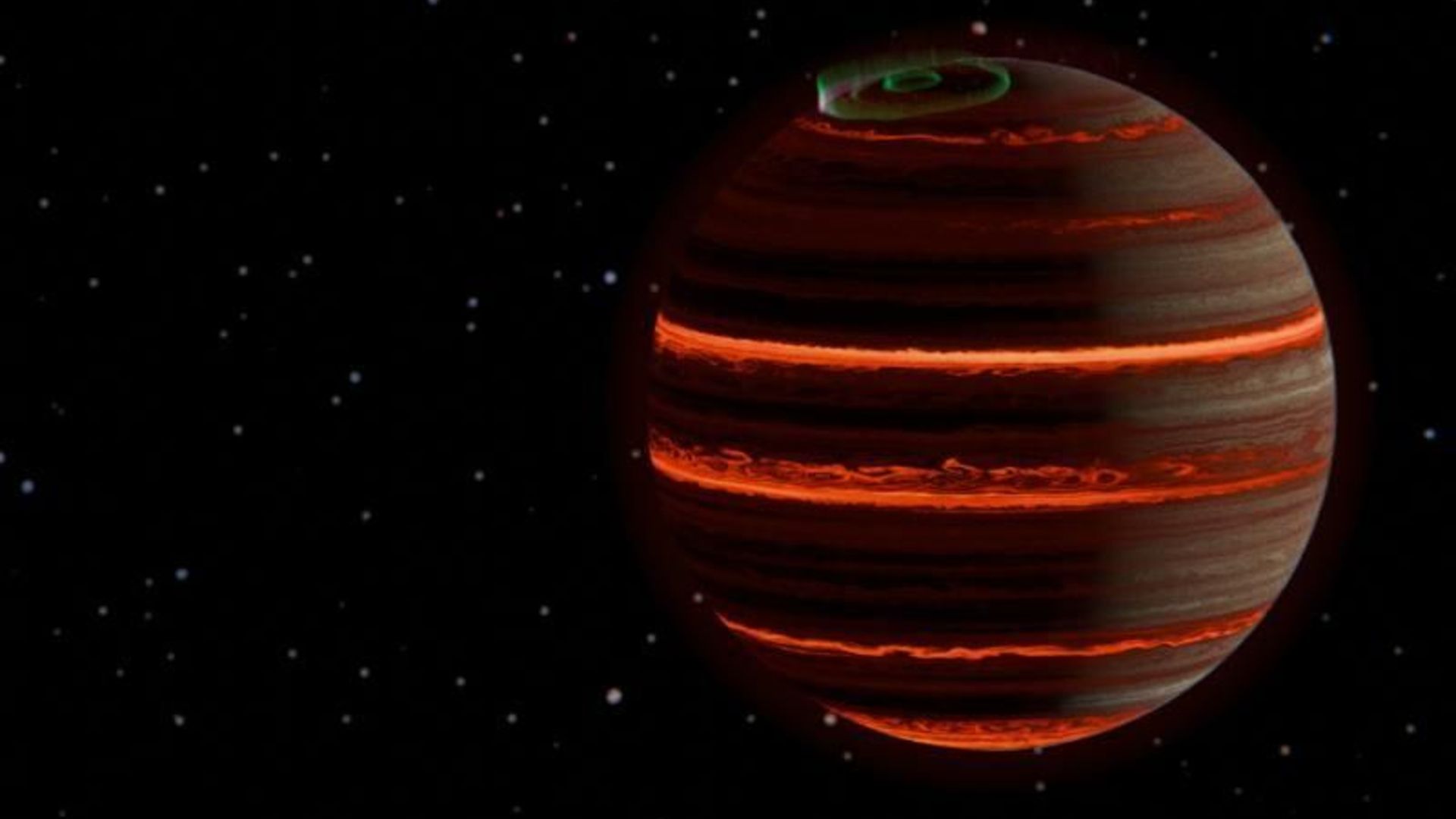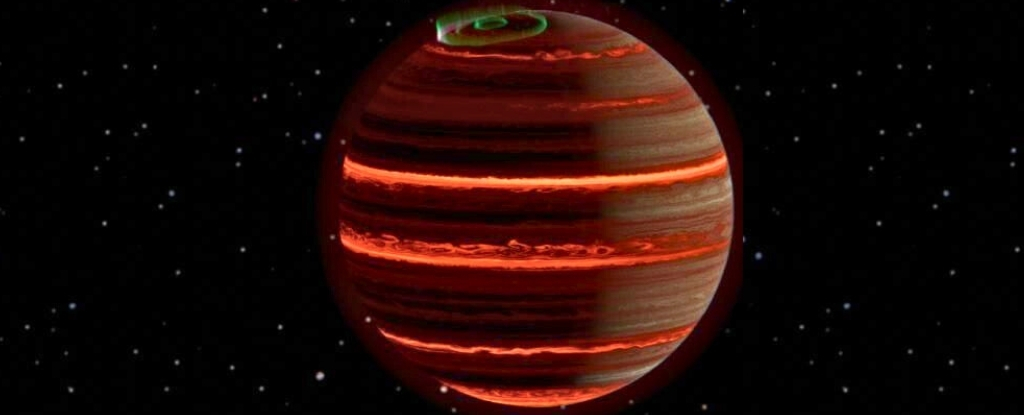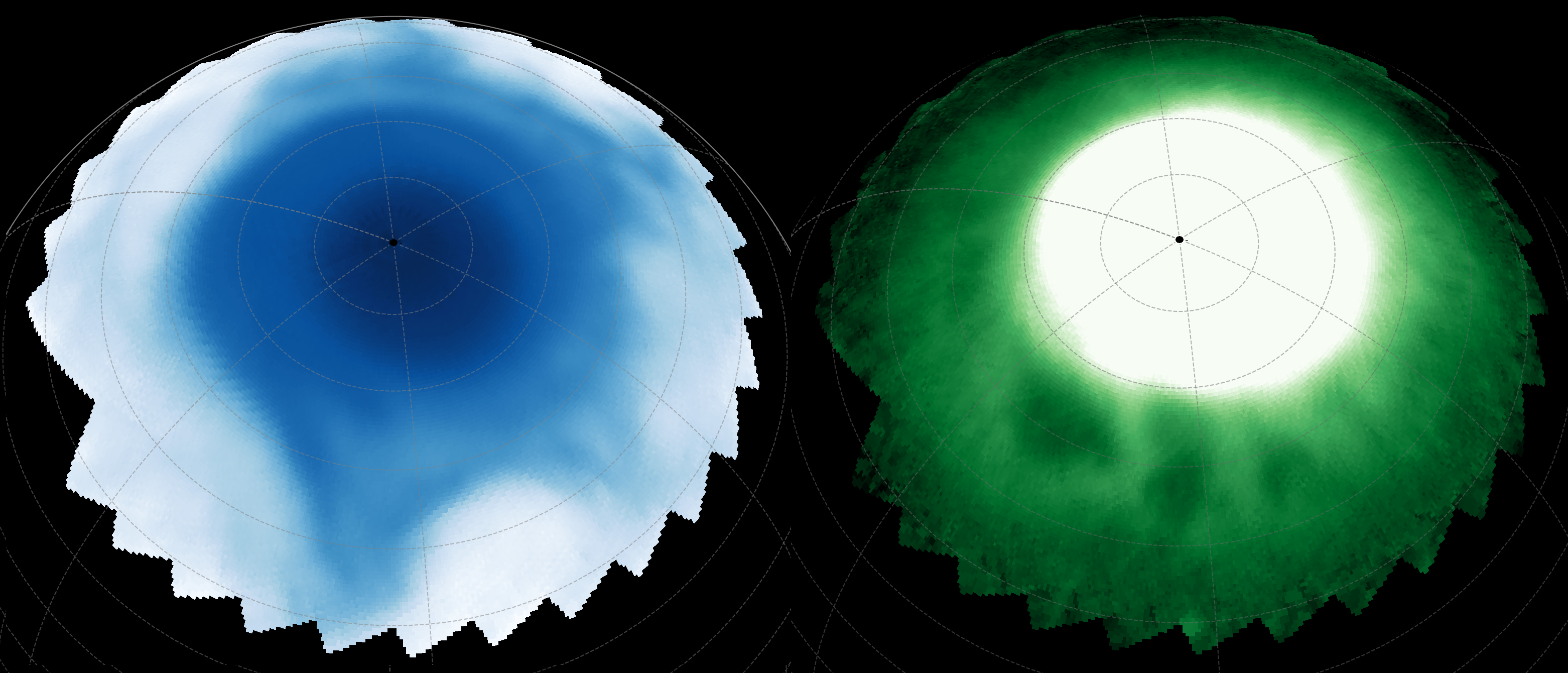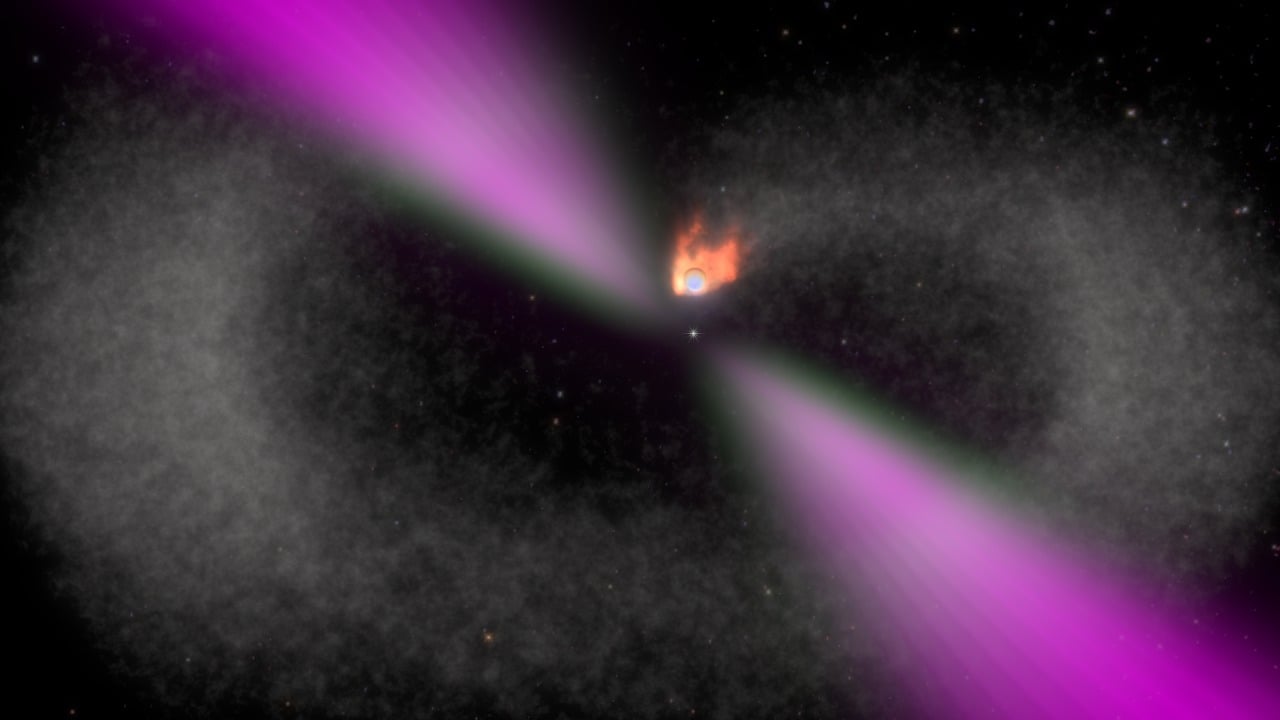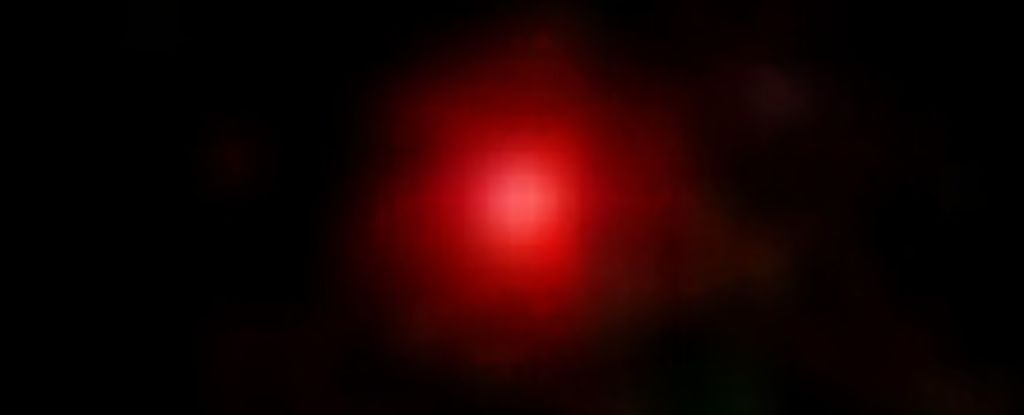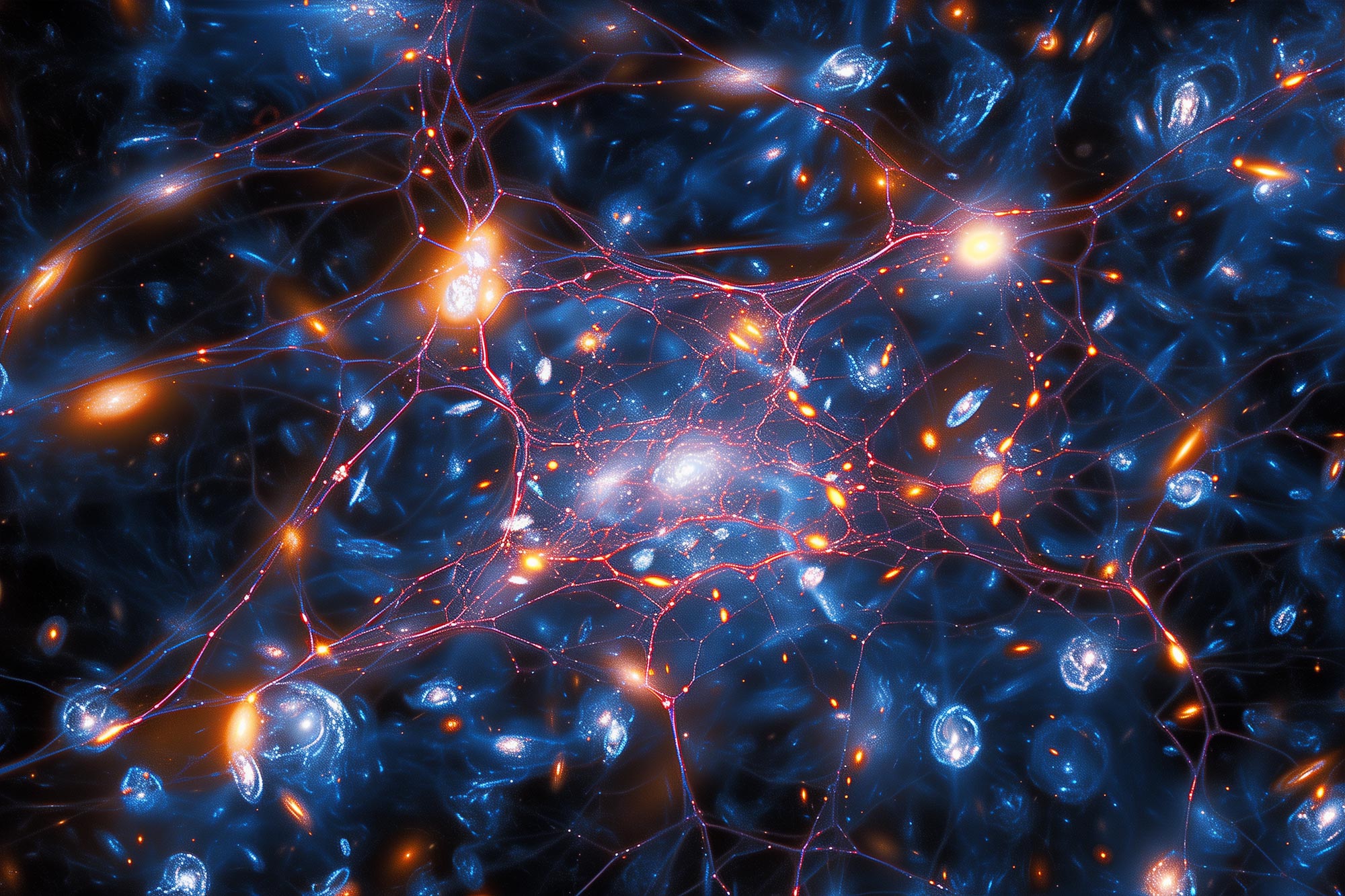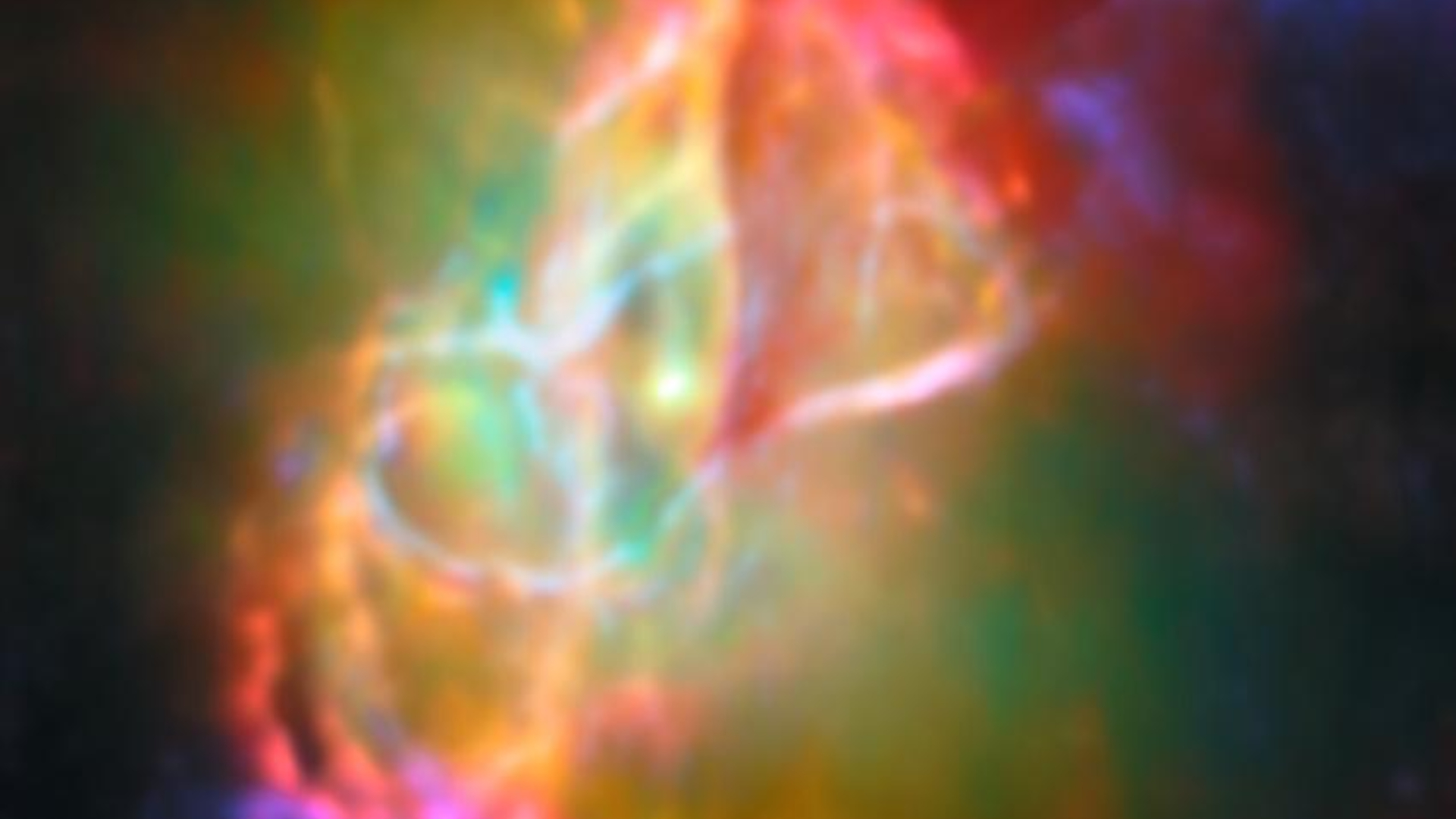The latest weather forecast doesn’t come from Dublin, London or New York — it comes from deep space, where a lonely world drifts without a sun and glows with auroras more dazzling than Earth’s northern lights. The world, called SIMP-0136, is about 200 million years old and lies about 20 light-years away in the constellation Pisces. It isn’t quite a …
Read More »Tag Archives: JWST
JWST Finds Bizarre Planet Is Baked by Auroras, Far From Any Sun : ScienceAlert
What can auroras on a rogue planet teach astronomers about planetary formation and evolution? This is what a recent study published in Astronomy & Astrophysics hopes to address, as an international team of researchers investigated the atmospheric composition of a nearby rogue planet, including its atmospheric temperature and auroras. This study has the potential to help astronomers better understand rogue …
Read More »JWST finds ‘dark beads’ and wonky star patterns in Saturn’s sky: ‘These features were completely unexpected’
For a planet already famous for its beauty and mysteries, Saturn just became even more enigmatic. Fresh observations from the James Webb Space Telescope (JWST) — the most detailed yet of the planet’s upper atmosphere — reveal “dark beads” scattered through Saturn’s glowing auroras and a star-shaped pattern with two arms mysteriously missing. Nothing like these features has ever been …
Read More »JWST Spots “Unexplained” Strange Dark Beads Above Swirling Hexagon Storm At Saturn’s North Pole
The JWST has found “dark beads” and unexpected structures inside the atmosphere of Saturn – strange features never seen before in the Solar System. On November 24, 2024, the JWST turned to observe Saturn for 10 hours, seeing the gas giant in unprecedented detail in the near-infrared spectrum. An international team looking at the data from the telescope was particularly …
Read More »JWST finds planet with all-carbon atmosphere orbiting ‘black widow’ star
Science advances through data that don’t fit our current understanding. At least that was Thomas Kuhn’s theory in his famous On the Structure of Scientific Revolutions. So scientists should welcome new data that challenges their understanding of how the universe works. A recent paper, available in pre-print on arXiv, using data from the James Webb Space Telescope (JWST) might just …
Read More »JWST improves, surpasses Hubble’s view of Pismis 24
Sign up for the Starts With a Bang newsletter Travel the universe with Dr. Ethan Siegel as he answers the biggest questions of all. All across our galactic plane, new stars are currently forming. This region of space shows a portion of the plane of the Milky Way, with three extended star-forming regions all side-by-side next to one another. The …
Read More »Unexpected JWST Observations Hint We Might Be Inside A Black Hole
A study using JWST observations of the early universe has uncovered an intriguing mystery: most galaxies seem to rotate in the same direction. This unexpected pattern, which defies current cosmological models, could suggest that our universe exists inside a black hole, the researchers propose. The JWST has allowed astronomers to peer back further into the past than any other infrared …
Read More »JWST May Have Found The First Direct Evidence of a Primordial Black Hole : ScienceAlert
A tiny blob of red light spotted at the beginning of the Universe could represent the first direct evidence for a supermassive black hole formation pathway. In a dazzling new paper, a large international team led by astrophysicist Ignas Juodžbalis of the University of Cambridge in the UK has directly measured the mass of one of the mysterious ‘Little Red …
Read More »JWST May Have Found the Universe’s First Pristine Galaxy
The James Webb Space Telescope may have uncovered one of the Universe’s first galaxies, AMORE6, almost devoid of heavy elements. If confirmed, it would be the long-sought evidence for primordial Population III galaxies formed shortly after the Big Bang. (Artist’s concept). Credit: SciTechDaily.com Scientists found AMORE6, a galaxy almost free of heavy elements. Its existence strongly supports key predictions of …
Read More »A dead ‘sun’ forms building blocks of exoplanets in new JWST Butterfly Nebula image
Cosmic dust particles that give birth to planets around young stars have for the first time been found forming — the James Webb Space Telescope has witnessed the creation of these tiny planetary building blocks around a dead star. “This discovery is a big step forward in understanding how the basic materials of planets come together,” Mikako Matsuura of Cardiff …
Read More »